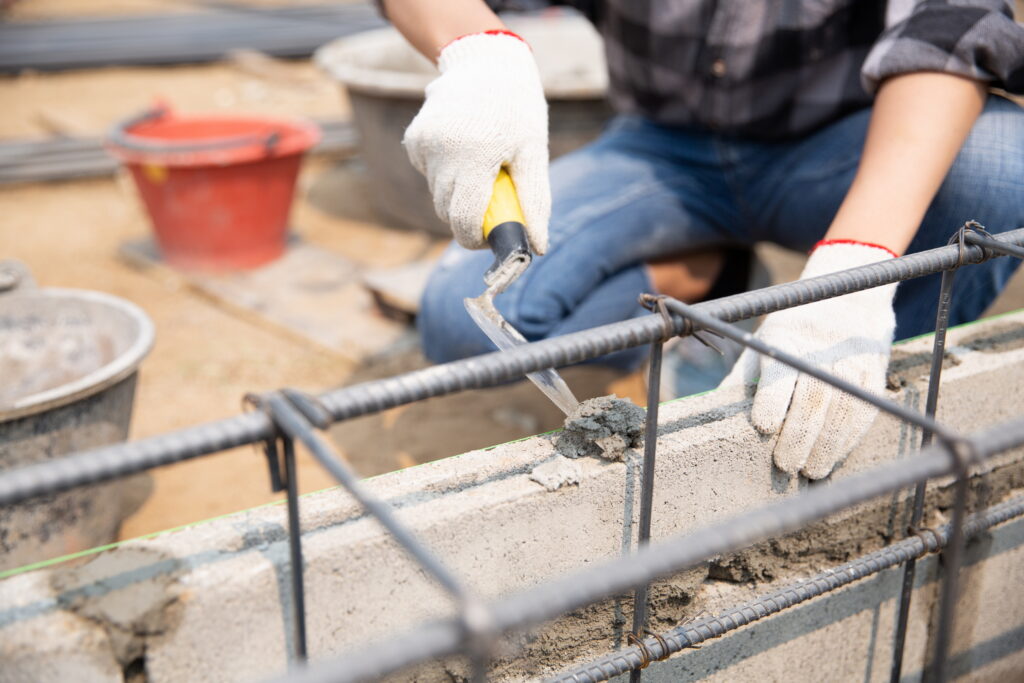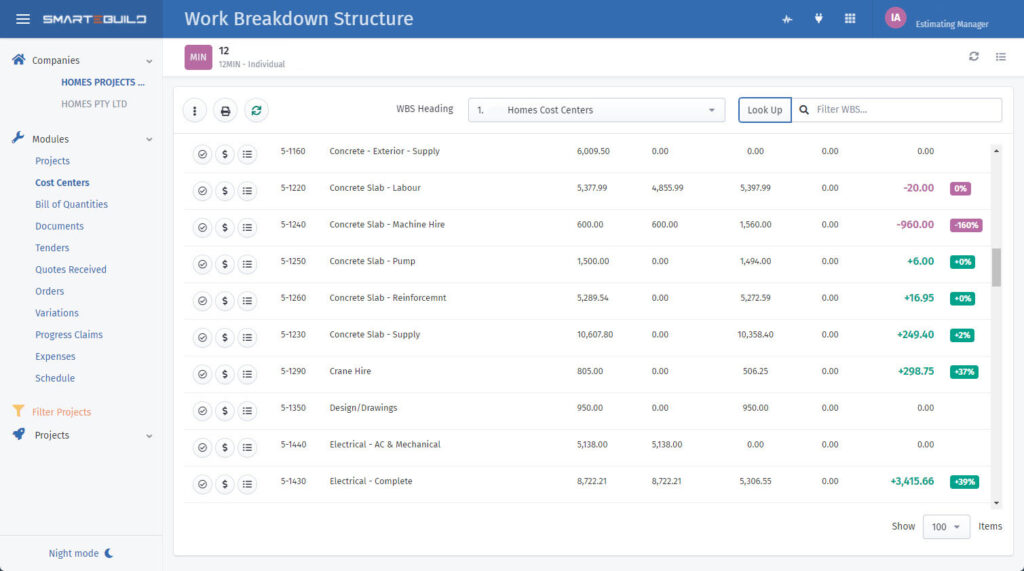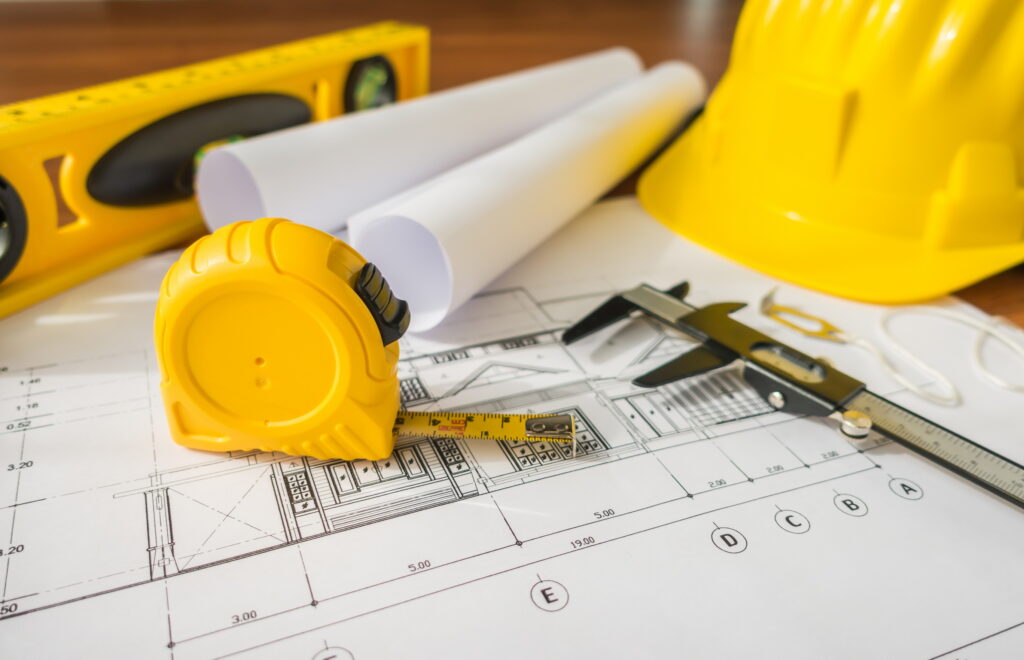Cost estimating is the process of calculating the costs involved to deliver the project—an approximation of costs likely to be incurred. Accuracy is dependent on the information available. Cost estimating depends on many elements, including labour, materials, financial expenses and other allowances.
There are many different methods of estimating costs, which are dependent on the information available:
1. Preliminary Estimates (Sales Estimate)
There are several methods to approach this type of estimate. They include the following:
- Benchmarking (using historical project cost)
- Unit rates (using sqaure meter rates to estimate)
- Factoring (% or prorate of another project)
Examples of using unit rates are using $1,500 cost per square meter to build a 230m2 of a house to calculate the approximate cost to build $1,500/m2 x 330m2 = $495,000. The markups, contingencies, and taxes will be added to this figure later.

2. Detailed Estimates (Production Estimate)
Developing a detailed estimate is as much a skill as it is an art. First and foremost, this is subject to the information provided to the estimator. Second, when developing a detailed estimate, it is essential to understand that the assessment is an “accurate” estimate that will have an accuracy of about -5% to +10%
This estimate will be used to send orders and be compared with the actual costs of the project.
The level of detail depends on how the purchase orders are going to be prepared. For example, if you purchase the soffit sheets to provide them to your carpenter to install, you need to measure the number of sheets accurately, as well as the size of the sheets you need (450, 600, or 750).

A bottom-up estimation is a technique to calculate the project budget, generally performed during the planning phase, and maintained through the remainder of the project. This is the most time-consuming estimation effort of the two listed.
There are some costs to consider when preparing a cost estimate. They include the following:
- Labour
- Materials
- Plant and equipment (temp fences, scaffold hire, generators hire)
- Transportation (freights and delivery fees)
- Fees and charges (council and DA)
- Insurance
- Temporary works and services (site clean)
- Foreign exchange
- Direct costs are costs usually directly related to the work. Indirect or preliminary costs are those to support the work.
- Cost estimating structures
When preparing a Cost Estimate, having a clearly defined Work Breakdown Structure (WBS) and a Cost Breakdown Structure (CBS or Cost Codes) will help you make sure costs are not overlooked.
CBS and WBS should be linked to ensure the Actual Cost and the Budget (Estimate) can be compared.
Cost Estimating Software
A perfect estimating software will allow you to have multiple structures for your costing. Also, the software should allow you to integrate with your costing system (accounting software – XERO, for example), and always be able to provide you with the ability to check Atual Costs against the budget to prevent future mistakes.
SmarteBuild Cost Estimating Software allows you to map your WBS with your cost codes in Xero, and to export Purchase Orders and Invoices to your accounting software.
Profit and Loss reports and Budget Comparison reports in SmarteBuild can be used to smartly manage your jobs and make sure the defined profit is achieved.


